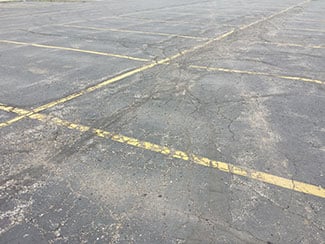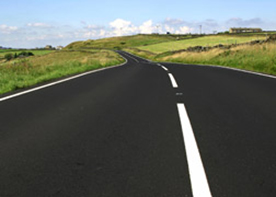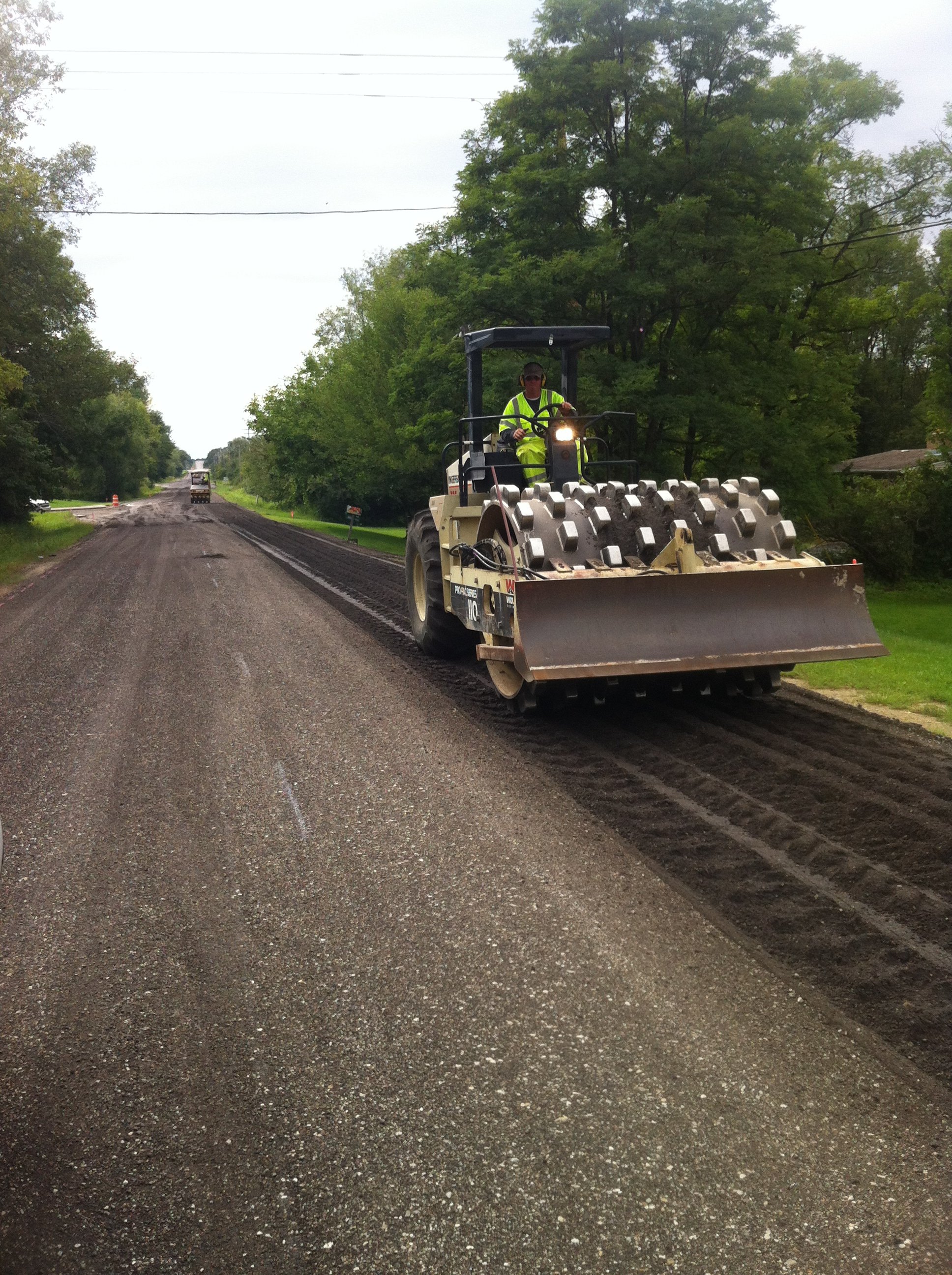Deciding on a surface for your new driveway can be difficult because there are many variables to consider. Options such as asphalt, concrete and interlocking pavers are available – all with very different aesthetic and performance qualities. For a new driveway installation you should consider the proper time to install the driveway, the durability of the surface material and the proper method of installation.
Milwaukee: 262.965.2121 // Madison: 608.249.7931









